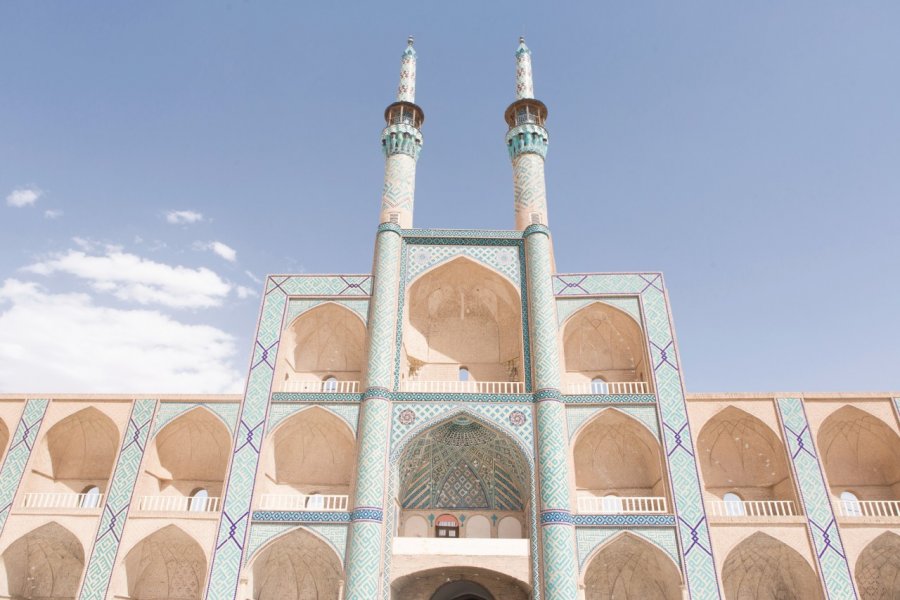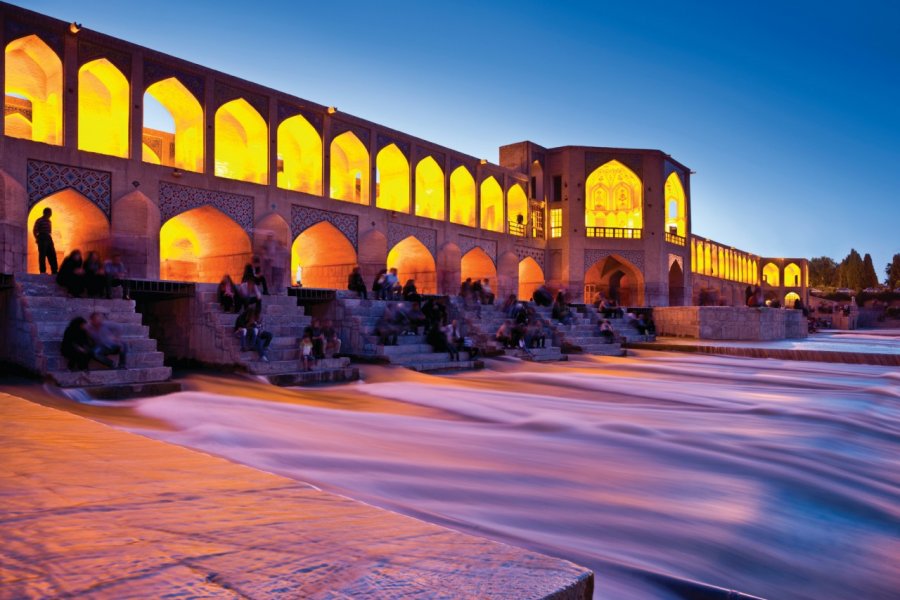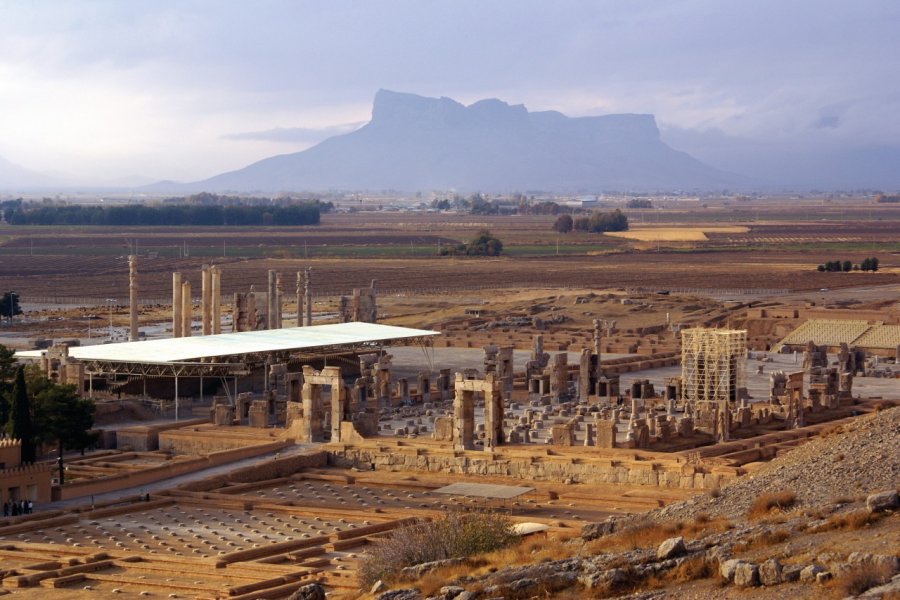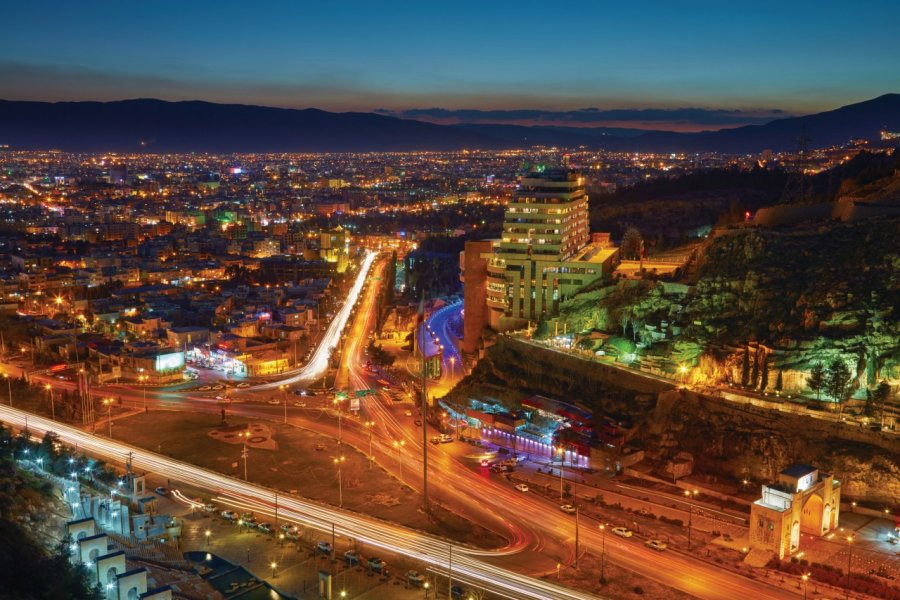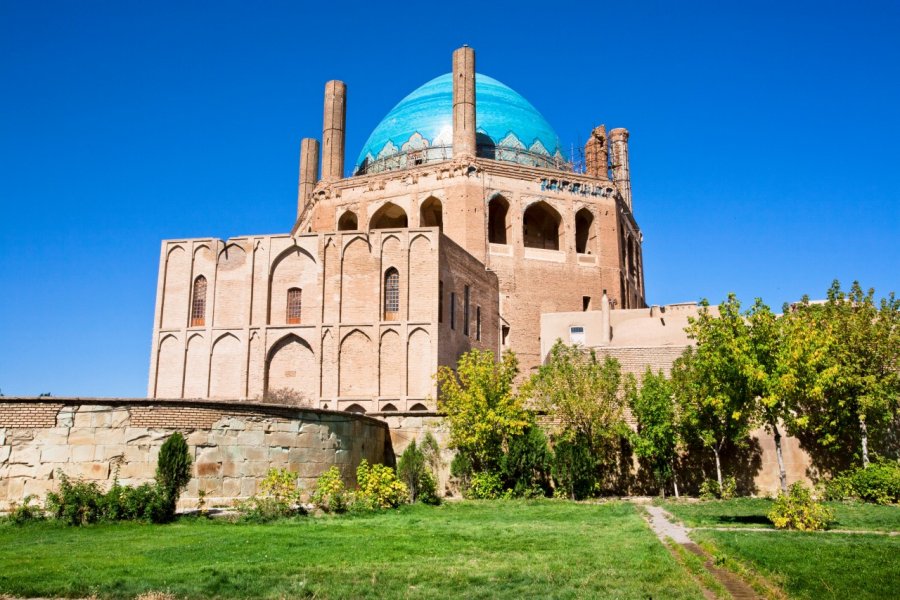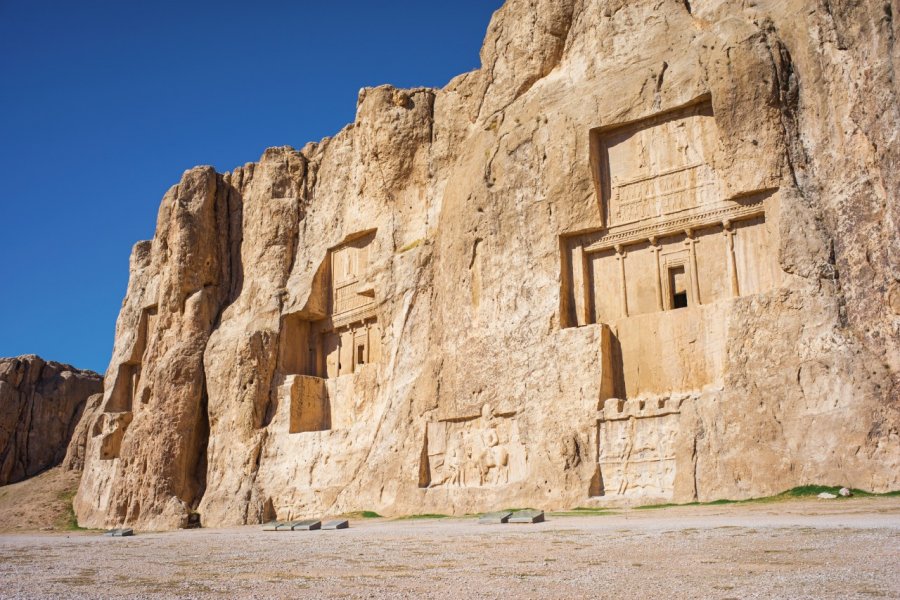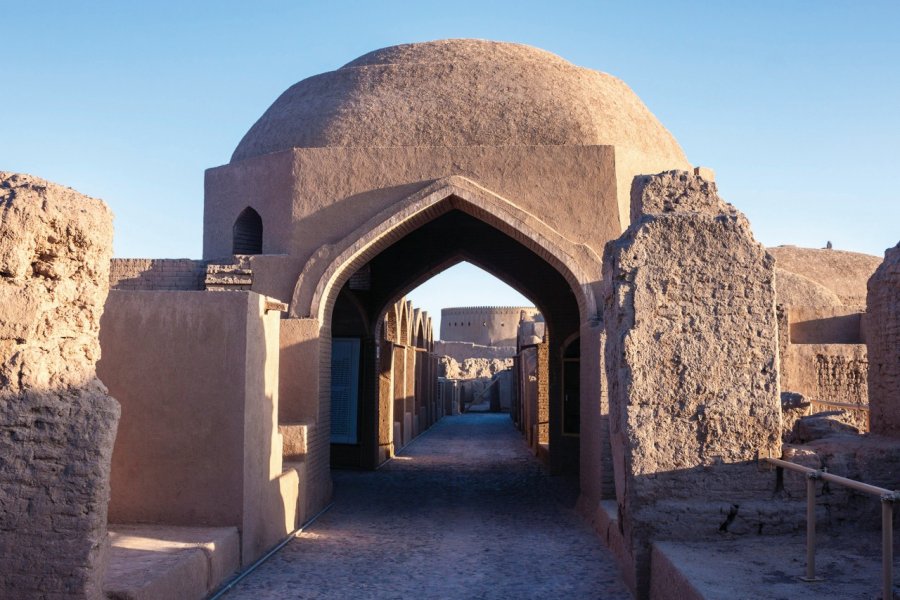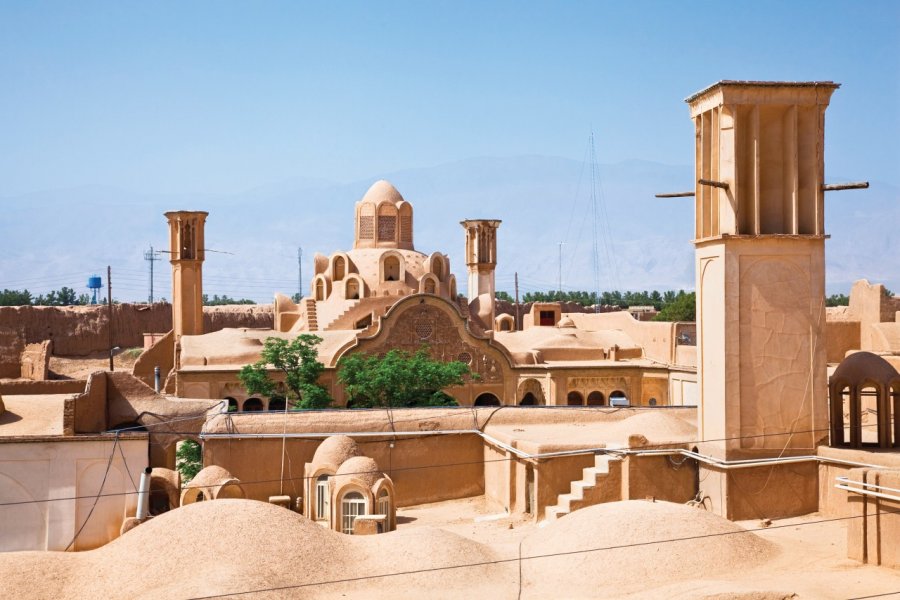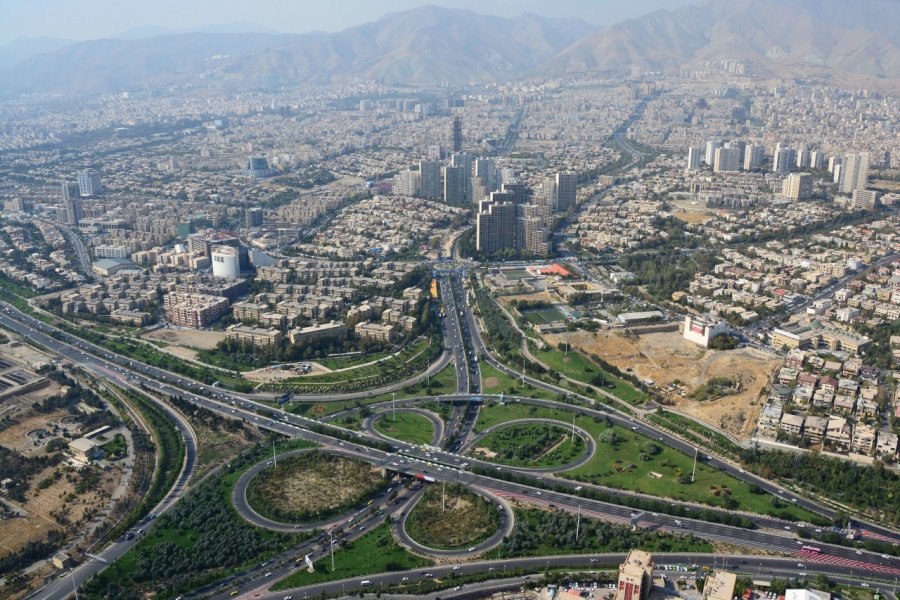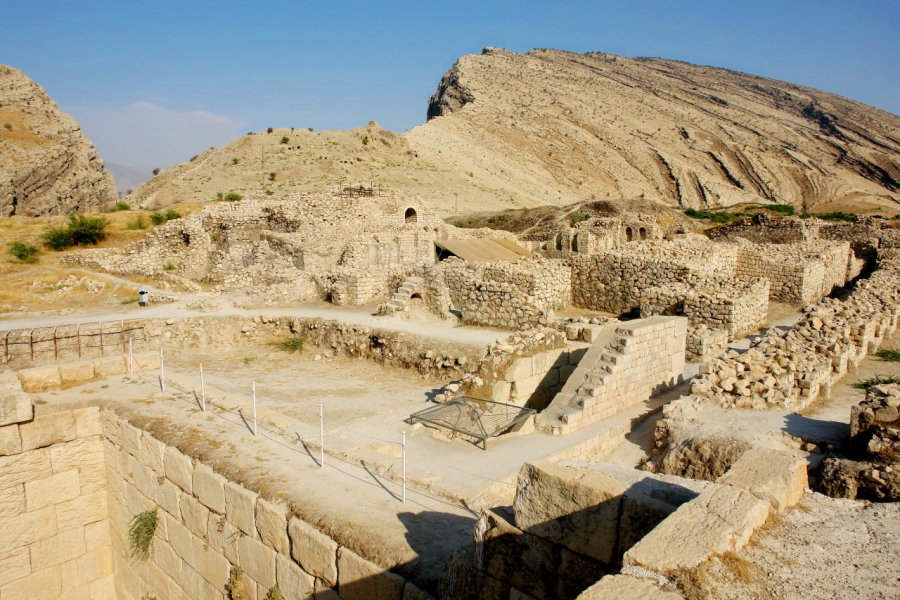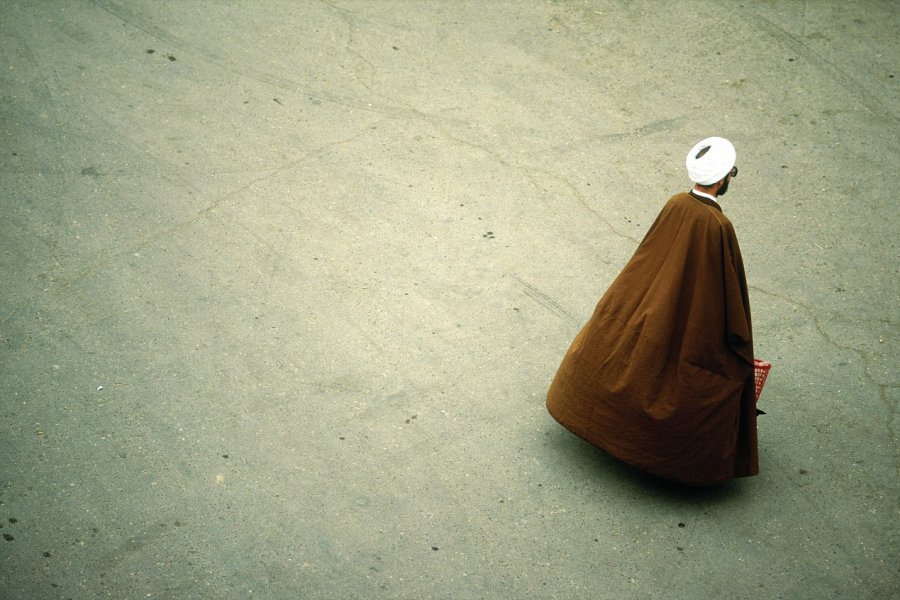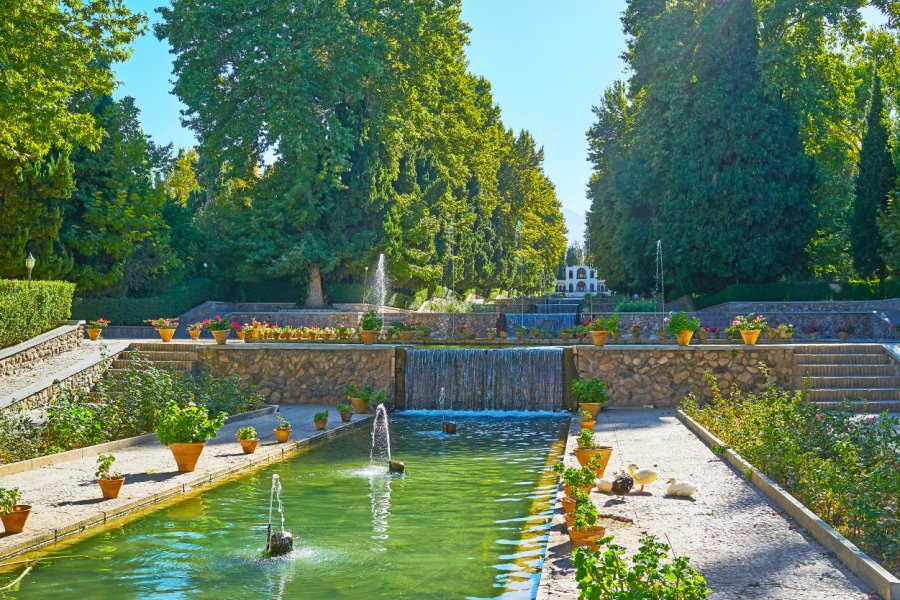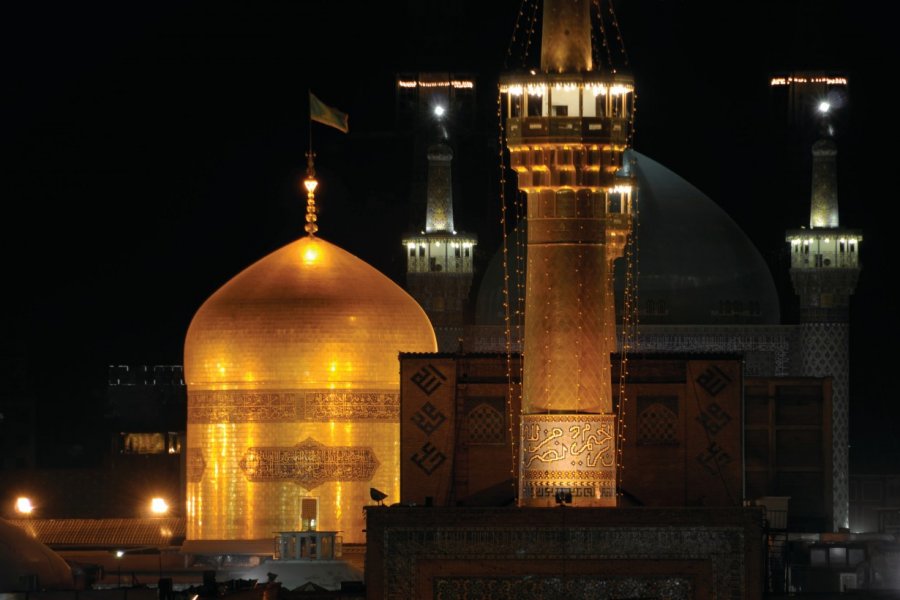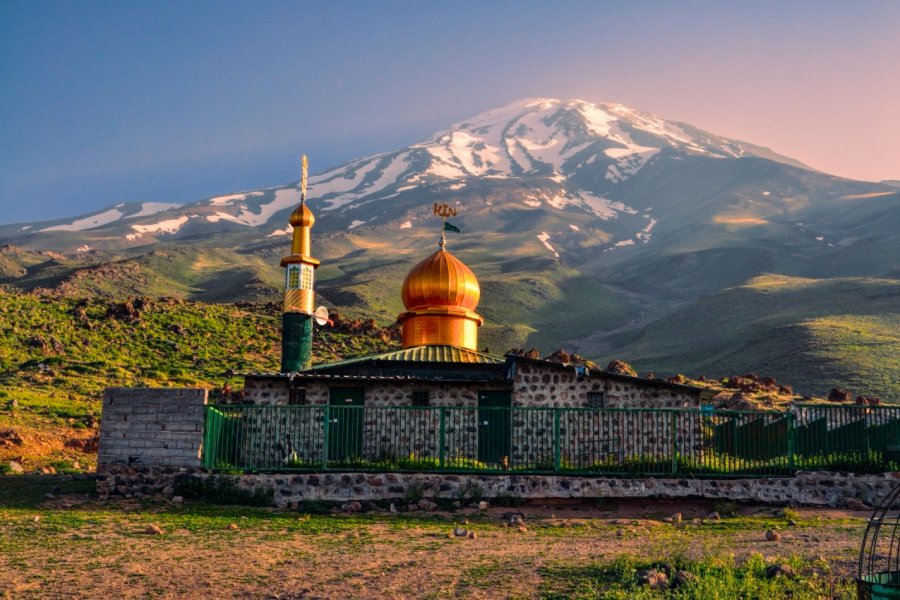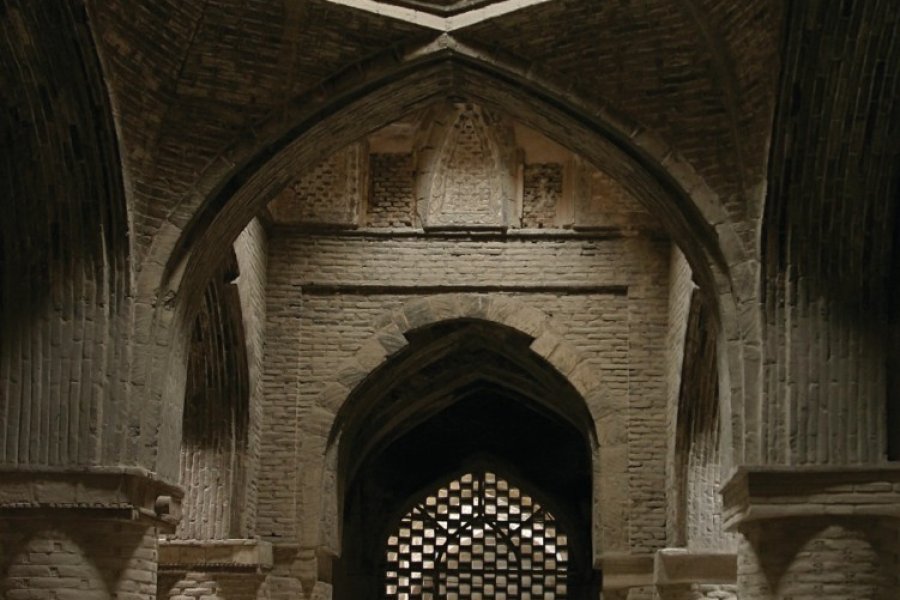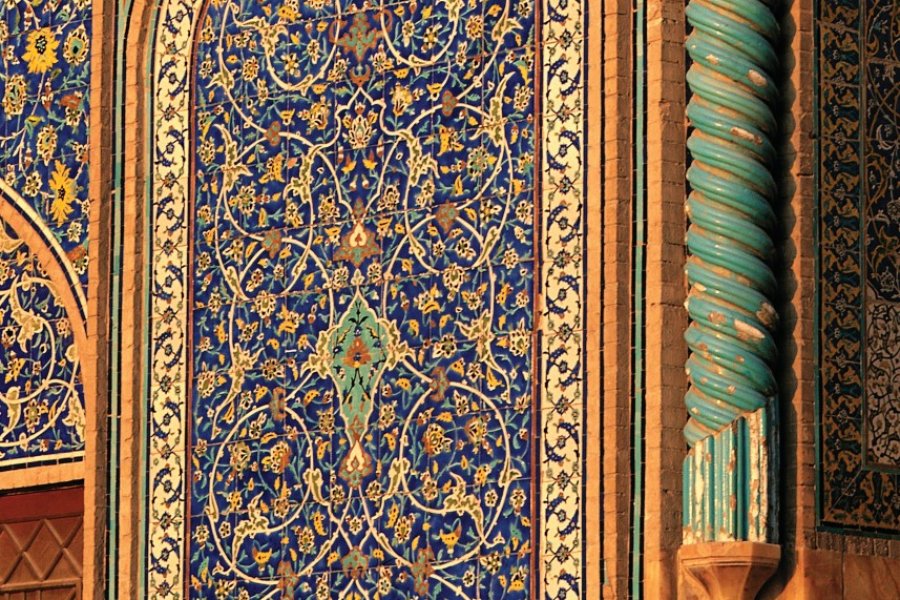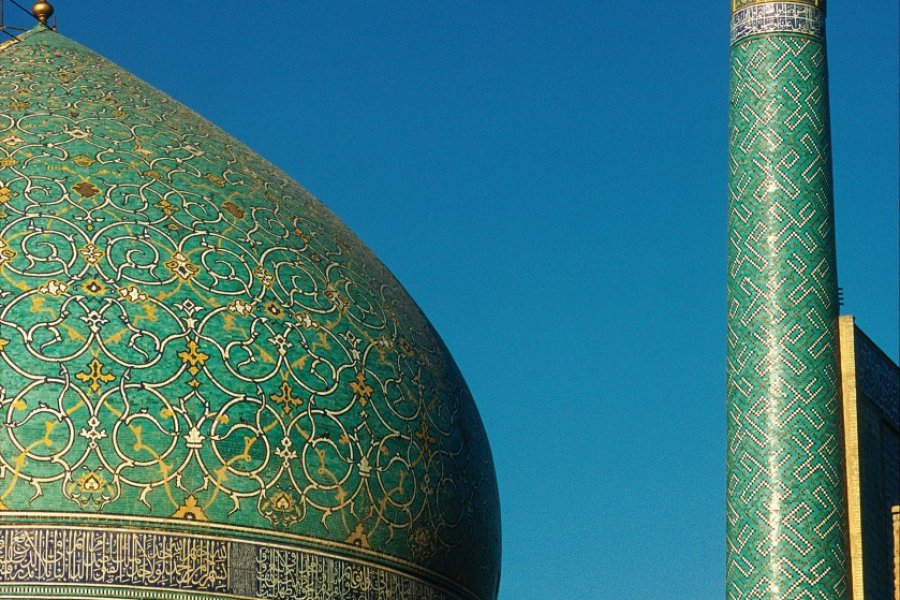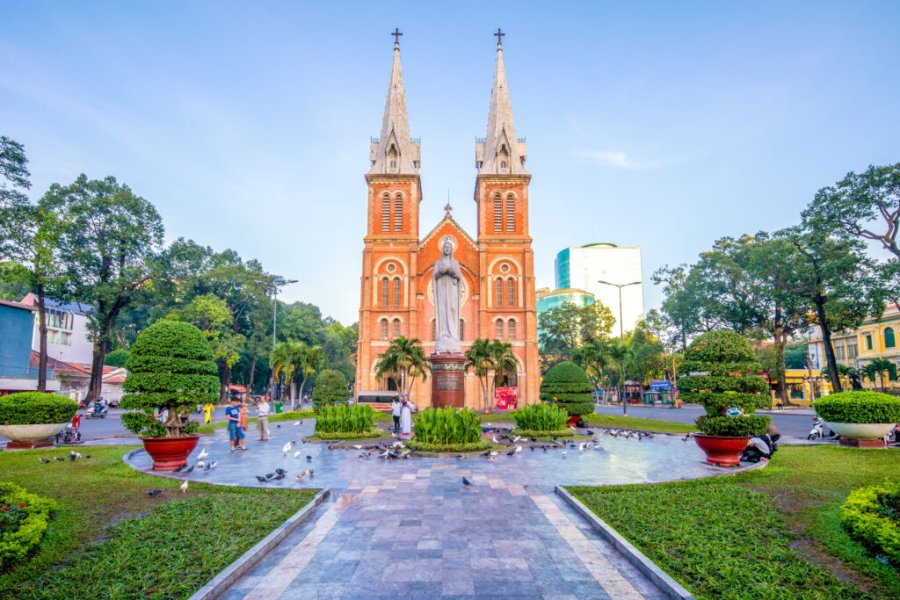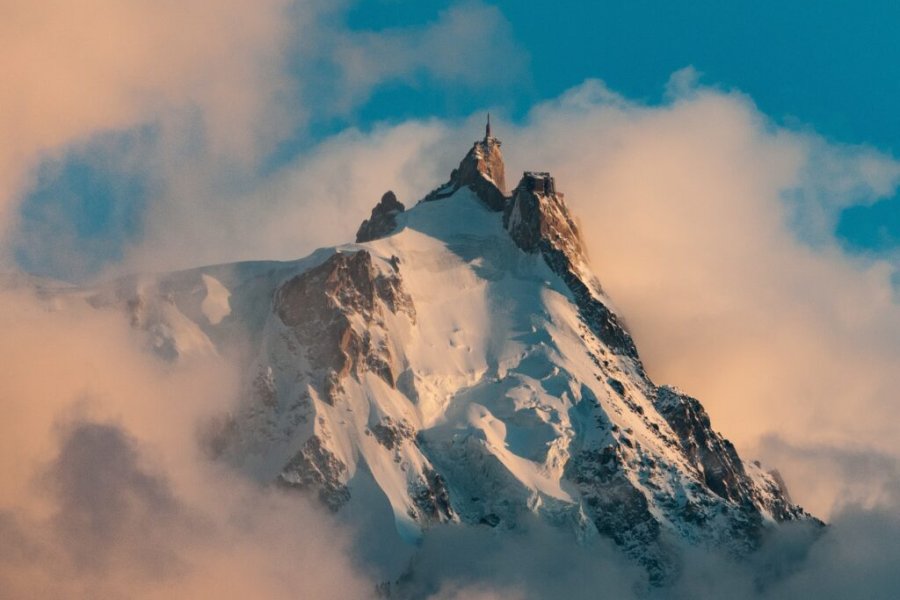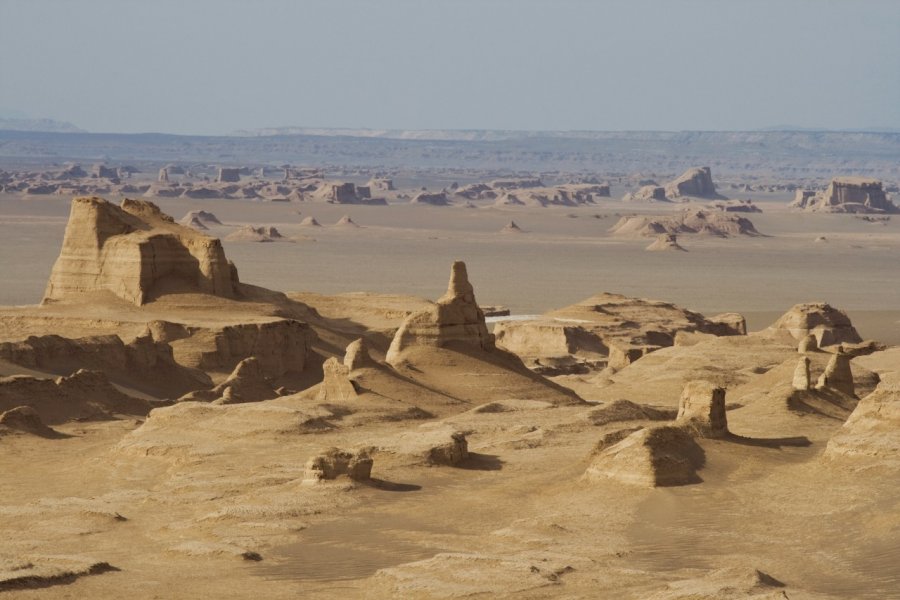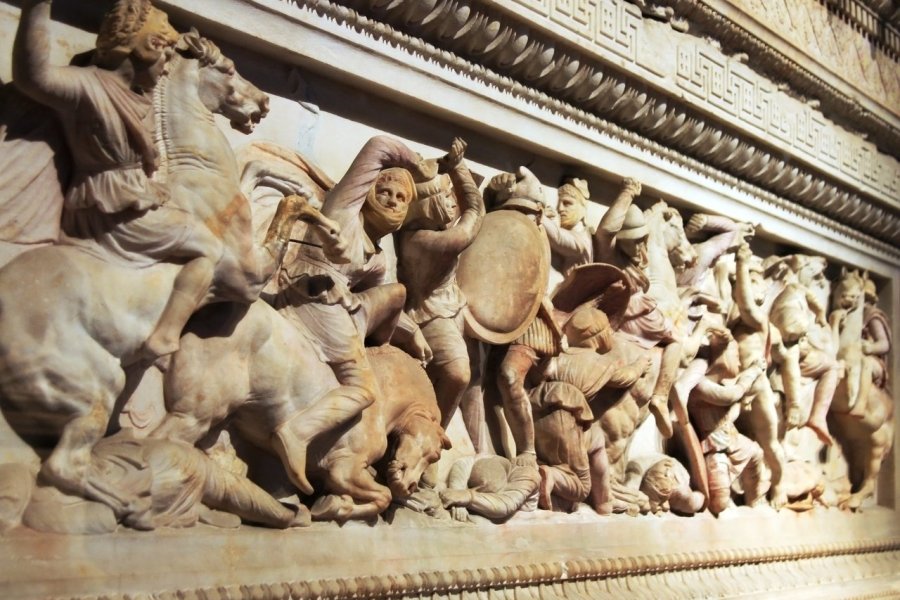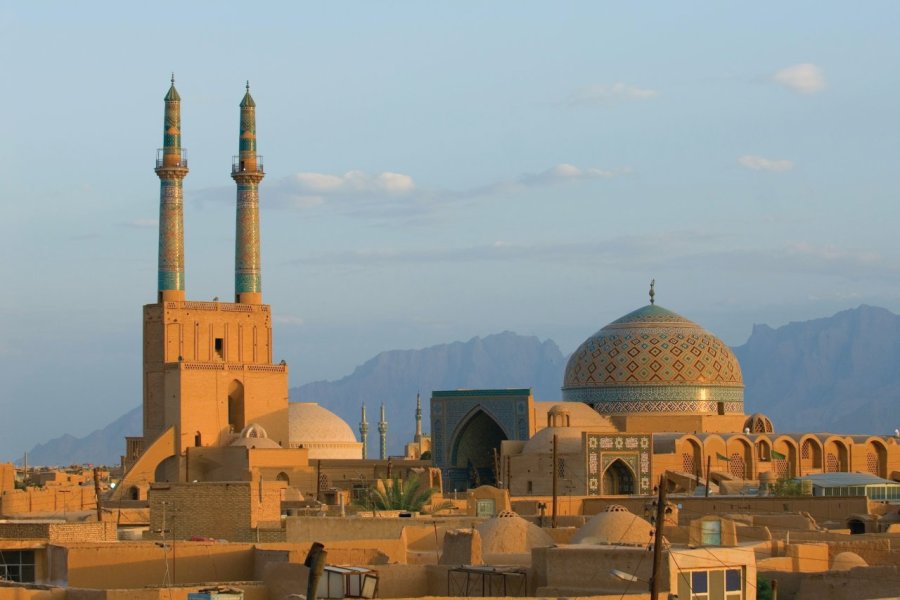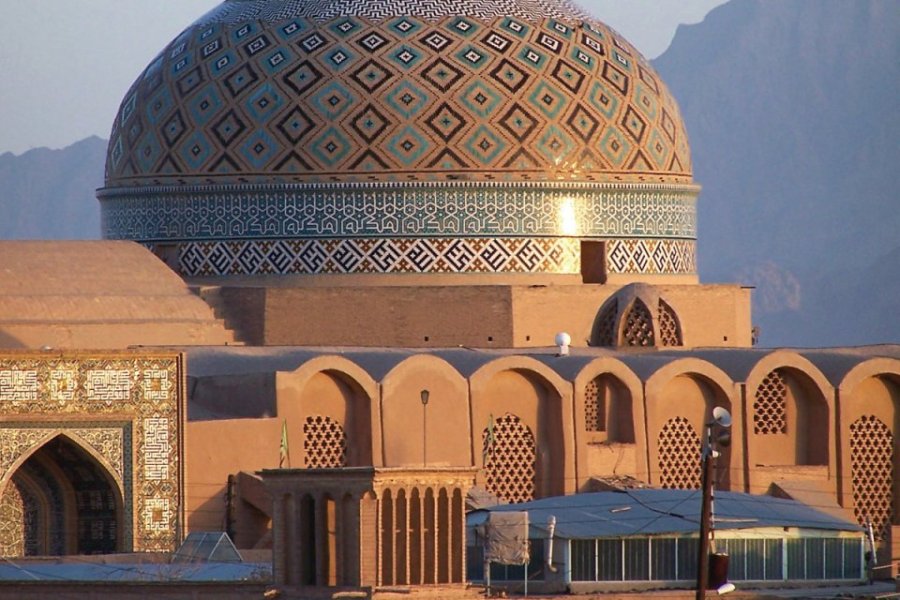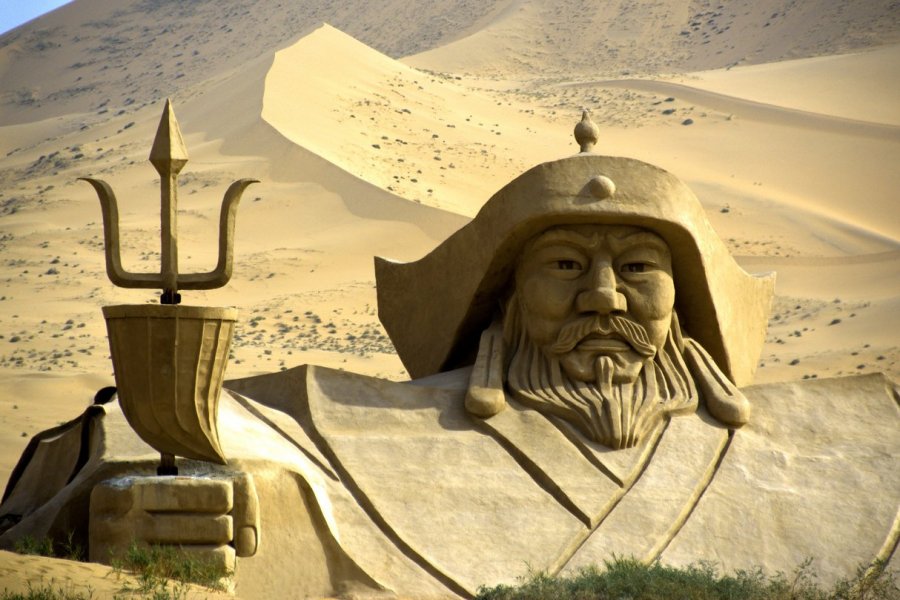Travel Guide Iran
For a long time double-locked by the religious authorities in power since 1979, Iran is gradually opening up to tourism, and particularly to Western tourism, in a limited context of social liberalization. Once very rich and an essential stop on the Silk Road between China and the Mediterranean, a Middle Eastern country with a thousand-year-old culture, ancient Persia has many formidable archaeological sites to show you, the legacy of a succession of opulent and refined civilizations. A journey to the unknown, accompanied by its tourist guide of Iran. From the fields of dunes and stones of the Lout desert to the old city of Yazd, from the fascinating ruins of the ancient city of Persepolis to the sumptuous Golestan palace in Tehran, from the village of Masouleh nestled in the mountains on the edge of the Caspian Sea to the city of Isfahan straight out of the Thousand and One Nights, Iran has a lot of striking and authentic experiences in store for you. And we are not talking about the sweetness of lamb stew or the splendid Persian gardens...
What to visit Iran?
Suggested addresses Iran
When to go to Iran?
The two best periods to go to Iran are from mid-April to early June and from mid-September to mid-November. It is better to avoid the summer, which is very hot, and the winter, which is very cold at high altitudes and often snowy, with roads that are sometimes impassable, even if temperatures are milder in the South than in the North. The Ramadan period is not ideal, but not completely inadvisable either, as is the case for other Muslim countries. While many services and restaurants remain closed all day, signs indicate which ones are still open for tourists, non-Muslim expatriates, or Muslims traveling exempt from fasting.
Weather at the moment
The weather in Iran is rather dry because only the coasts have a humid climate. For the rest, most of the country is occupied by a vast plateau, whose altitude varies between 1,000 and 1,500 m and on which the most important cities are located. In this area, the climate is continental with very harsh winters and hot summers. In the whole territory, the thermal amplitudes between the hottest and coldest areas reach sometimes 40°C.
Téhéran
The local currency is the Iranian rial and the touman, which is equivalent to 10 rials. Often devalued, this currency is not worth much in small units and prices are expressed in thousands and millions of rials.
Life is relatively cheaper in Iran than in France. You can eat in small restaurants for a few euros. Transportation is not expensive.
Bring a "special tip" purse with a bundle of 10,000 rials.
A tourist visa is mandatory. To obtain a visa, there are two solutions: file a file with the Iranian consulate in Paris (50 €), or buy it on arrival with the Iranian authorities (60 €). In both cases, you must provide a hotel address, give your fingerprints and provide a certificate of travel insurance.
No vaccine is required to enter Iran, although it is advisable to be vaccinated against DTP (diphtheria, tetanus, poliomyelitis) and hepatitis. In the south-east of the country, it is recommended to avoid any contact with poultry and birds. Tap water is most often potable in Iran in urban areas, except in small towns.
Practical information
- When to travel?
- Weather forecast
- Budget
- Formalities
- Health
- How to travel by yourself?
- How to get organized?
- Getting around
Media
How to go to Iran? Our advice & tips
Western tourism being a rather recent activity in Iran, it is advised to follow an organized tour. Many archaeological sites can only be visited with a specialized agency recognized by the State. The thawing of relations with Europe nevertheless allows today to organize magnificent tours between Tehran, Persepolis, Shiraz, Isfahan, Soltaniyeh, Shushtar, Yazd or Kashan.
Discover our selection of travel agencies for this destinationThere are direct flights to Tehran but it is possible to get away with cheaper flights with low-cost airlines by stopping over in Istanbul. By Istanbul, count a dozen hours of travel, including 4 hours of stopover. Departures also from Lyon, Geneva, etc. Other flights with Qatar Airways (stopover in Doha), Gulf Air (Bahrain), Etihad (stopover in Abu Dhabi) or Emirates (stopover in Dubai).
Buses serve the whole country and are the best way to travel comfortably, relatively fast and for a modest budget. But all other types of transportation are possible in Iran. There are many air links and the railway network is also an option, especially for night travel to and from Tehran. There is even a metro in the capital.
